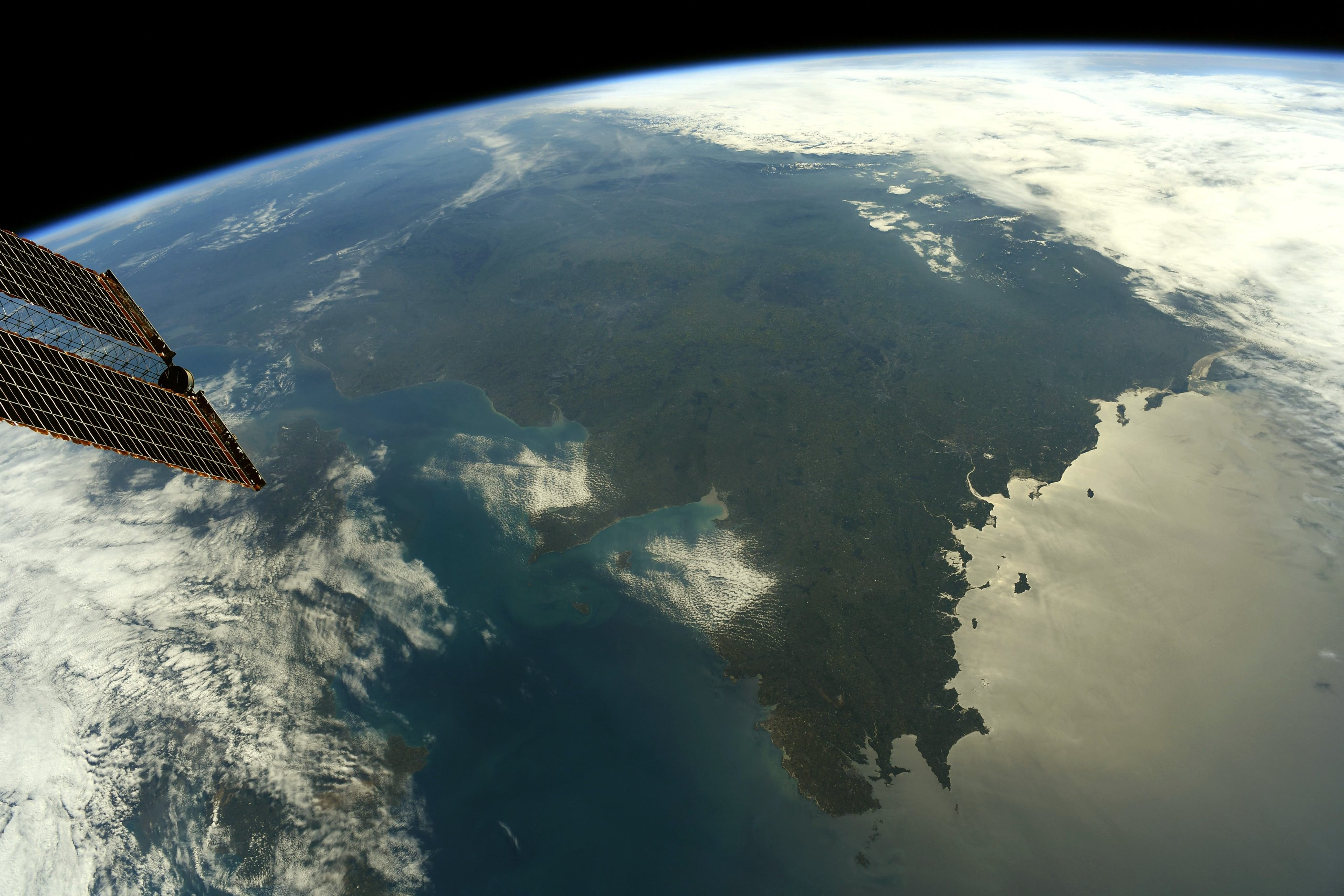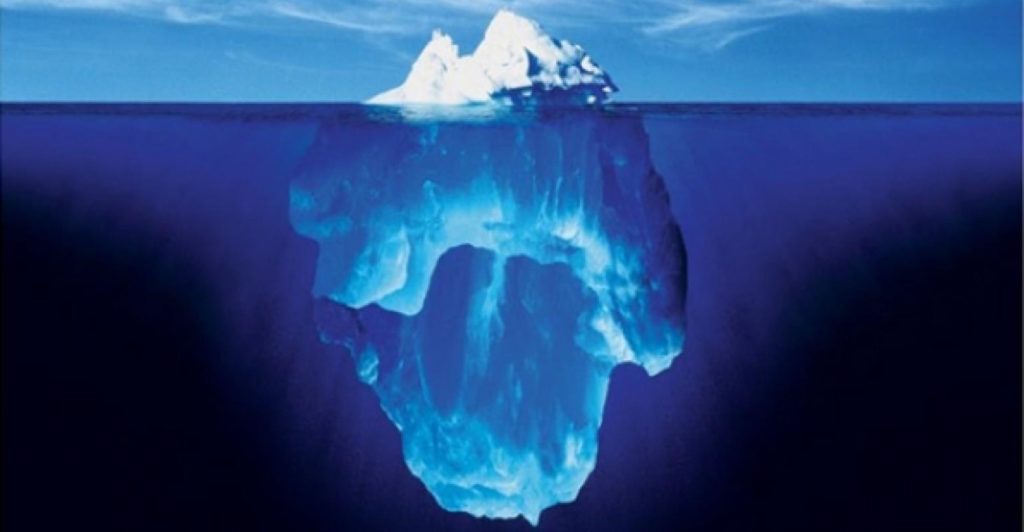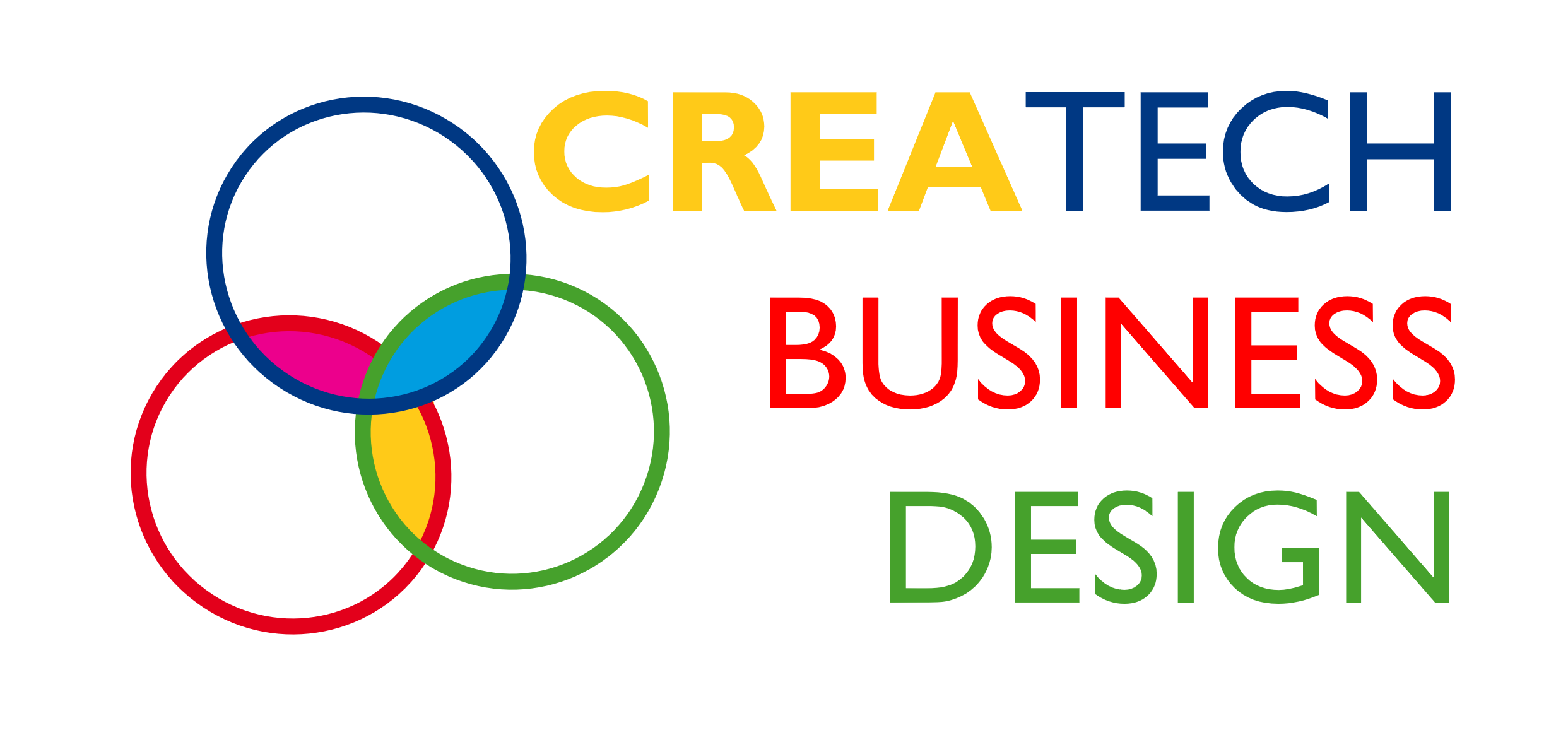CREA TECH HUB
EUROPE <–> ASIA
LONDON <–> PARIS
BLOG
The Imaginal Power of Movies & Visual Effects
This spring has been a prolific season for me to explore the imaginative power of movies and visual effects. I have been joining film festivals and (re)discovering acclaimed movies from the 95th ceremony of the Oscars to the upcoming 75th edition of the Cannes Film Festival.
My mood for movies has inspired me to start reviewing a list of the top 250 films in a movement I call ‘The MooDvies IMAGINAList.’ This comes in addition to ‘The CREAtive TECHnologist’, which focuses more on tech companies and tools, ranging from Artificial Intelligence (AI) and Extended Reality (XR) to Visual Effects (VFX).
To start this journey, I couldn’t have found a better community than the Visual Effects Society, which organizes screenings for its members and networking events from Los Angeles to London. The society also publishes the magazine VFX Voice; its latest Spring 23 edition was particularly insightful in exploring the paradigm shift of Virtual Production (VP) described by major VFX studios.
As generative AI is becoming trendy, the magazine couldn’t skip examining AI Art from the protests against this new set of CreaTech tools to understanding the limits of AI. I would also suggest reading another article which argues that AI will make human Art more valuable.
The VFX Voice magazine also highlighted the VES Awards winners, in particular, Avatar: The Way of the Water, which, as one may expect, won the Academy Award for Best Visual Effects three weeks later. It is also worth mentioning The Art of Being Everything, Everywhere, All at Once, the sensational winner of 7 Oscars during the 95th ceremony, for its VFX with a budget 10 times lower than James Cameron’s production.
These movies demonstrate how imagination, from the VFX of big productions to indie movies, can reveal simple facts about our human nature, family, friendship, and love through Sci-Fi while acknowledging the immense possibilities and absurdity of our condition in this world.

Let’s start the ‘Voyage to the Edge of Imagination’ with the Science Museum and more specifically, the Science Fiction Film Festival, which was a great opportunity to join IMAX screenings and several talks. The panels included ‘Building Sci-Fi Worlds‘ with Paul Franklin — Academy award-winning VFX supervisor for Interstellar and Inception, as well as ‘How to Build an Android’ to discuss the imaginal power behind Blade Runner and Artificial Intelligence in general.
As we enter a new era of space exploration to the moon, Mars, and beyond, movies or even TV series, such as The Expanse with the Rocket Science VFX, are transforming our imagination in the same way as the seminal work of Stanley Kubrick, ‘2001: A Space Odyssey,’ did five decades ago during the Apollo program.
The visual effects, and practical effects in real environments cherished by Christopher Nolan, extend our imagination with a sense of accuracy and even discovery. A good example is VFX studio DNEG’s collaboration with Nobel Laureate Kip Thorne to create gravitational lensing by spinning black holes not only for the aesthetics of Interstellar but also for the publication of two scientific papers.
Sci-Fi movies and VFX are a starting point for imagining the Design Futures of work, space, and species, or in short, ‘The WQrksPACE Futures’ that we can foresee as design futurists through architecture and (bio)engineering to develop autonomous machines and new construction in space without compromising the climate as well as biodiversity, thanks to the bioeconomy and hydrogen revolutions.
Blade Runner 2049 is another great artwork of a sci-fi world created by John Nelson — Overall VFX supervisor of the Academy Award-winning movie. He supervised a combined team from DNEG, Framestore, and six other VFX studios involved.
Ridley Scott’s and Denis Villeneuve’s versions of Philip Dick’s novel explore, in their own ways, the status of being a person in the advent of artificial general intelligence (AGI). I would say that humanoid robots are more like a metaphor for understanding our cyber identity, personalized medicine, and personal assistants in the rise of chatbots (for now), and ultimately our desire for power and immortality.
From this other perspective, sci-fi movies and VFX are also sources of inspiration to imagine business solutions for digital wealth, health, and care, or in short, ‘The W3althCARE Solutions.’ As business solutionists, we can implement these solutions through product management and (bio)marketing to improve ourselves using artificial intelligence and extended reality without compromising our well-being and, most importantly, our freedom.
Recognizing that fiction is the lie through which we tell the truth, as in V for Vendetta, we should be aware that the imaginal power of movies and visual effects can also be a means of propaganda or, at the very least, uniformity.
That’s why I embrace the diversity of films, which provide us with different images, stories, and even revolutions of our times. The recent Hong Kong Film Festival UK, for example, reflected on identity as a migrant and raised questions about artistic freedom.
The second part of The MooDvies Imaginalist journey would be to explore different mediums for telling stories and showcasing moving images, especially in the face of deepfake technology and the convergence of moviemaking and gamemaking.
Mindful Technology Leadership for Tomorrow’s Moonshots
This decade witnessed a profound shift in the technological landscape, one that might be remembered as the turning point of a new era of DeepTech: the great wave of innovation that encompasses a range of advanced technologies such as artificial intelligence (AI), synthetic biology, nanotechnology, and quantum computing.
As we embark on this new era, my thoughts immediately turn to the transition to an AI-driven society over the next ten years, and how we can ensure Designing a Mindful Tech Xperience that benefits humanity. Max Tegmark’s book, Life 3.0: Being Human in the Age of Artificial Intelligence, comes to mind as a guidebook for navigating the challenges and opportunities of this transition.
Moreover, the Quantum Future of Information Technology is an area of immense promise, with quantum computers projected to reach a million qubits and connect through a fully deployed quantum internet based on satellite constellations by 2030. As we consider the implications of these developments, it’s worth wondering if Europe can seize the opportunity to regain its technology leadership supporting the greatest DeepTech Minds to become a Quantonation and be more ambitious with a New Space Alliance.
 Photo of la Manche / the Channel between France and England taken by Thomas Pesquet during his last mission at the International Space Station sent by SpaceX’s Crew-2 for NASA, ESA & JAXA
Photo of la Manche / the Channel between France and England taken by Thomas Pesquet during his last mission at the International Space Station sent by SpaceX’s Crew-2 for NASA, ESA & JAXA
As we look towards the future, billionaire technology leaders are setting their sights on the next frontier of innovation, such as self-driving cars, hyperloop transportation, 6G satellite constellations, and space tourism, all expected to be commonplace by 2030. While returning to the moon is scheduled for 2025, Elon Musk is already looking beyond that, with a vision for a human mission to Mars that may drive tomorrow’s moonshots.
French astronaut Thomas Pesquet, who joined the International Space Station last year as part of SpaceX’s crew-2 mission, is now involved in the US NASA-led Artemis program for lunar exploration, in which the European Space Agency (ESA) is also participating. However, Europe faces the risk of falling behind in the race for lunar exploration, as the US and China are currently competing with two leading lunar exploration projects. It’s also worth wondering: “can Europe compete in the quantum ‘space race’?
France is keeping pace with the traditional leaders in Europe and even pushing ahead in some areas, thanks to the pioneering work of three Nobel Prize winners in physics on quantum research. Alain Aspect, a renowned quantum physicist whose work focuses on quantum entanglement and quantum simulators, has also been instrumental in advising entrepreneurs running the quantum rising star Pasqal, which may become the next French Tech champion.
Their quantum computers, along with others, are set to revolutionize life science and chemistry research, while the discovery of the mRNA molecule by three French Nobel Prize winners in 1965 was a fundamental breakthrough that enabled the rapid development of COVID-19 vaccines. With quantum computing and mRNA, the Crispr gene-editing pioneered by Emmanuelle Charpentier and Jennifer Doudna is poised to become tomorrow’s moonshot in the treatment of diseases such as cancer, HIV, multiple sclerosis, and many others by 2030.
The Future of Life in the Universe still holds many secrets, but we have high hopes for the James Webb Telescope en route to discover the origins of the Universe and study exoplanets. In addition, we can anticipate more groundbreaking discoveries in nuclear research at CERN, where Sir Tim Berners-Lee invented the World Wide Web in 1989. From Web 3.0 to Life 3.0, it is important to be mindful of emerging technologies and to embrace tomorrow’s moonshots while reducing existential risks.
This article is part of the Mindful Future Technology series with Designing a Mindful Tech Xperience and Quantum Future of Information Technology
The (Ethical) Paradigm shift of Fintech and Blockchain
Finance and Technology are interlinked and evolve together in the perspective of the Evolution of Fintech. The last paradigm emerged in 2008 following the financial crisis based on the widespread use of information technology and the need for regulatory innovation. The same year, a paper titled Bitcoin: A Peer-to-Peer Electronic Cash System was published by the unknown Satoshi Nakamoto, who created the well-known cryptocurrency, one of the first use cases of blockchain technology. One may wonder if this paradigm shift is an incremental evolution of Fintech or a more disruptive revolution similar to nuclear power or electricity.

If we look at some ethical considerations, blockchain gives rise to several issues in terms of security, privacy, efficiency and the integrity of the system itself, and the risk of crime and oppressive conduct that a mediating institution would otherwise offset. Those issues are only the emerged part of the iceberg of blockchain ethics which is a broader quest to redefine the value of our society since blockchain technology is changing the nature of money and organisations. In this way, we shouldn’t only consider the risks brought by the technology and the opportunity of blockchain for good based on evolved moral principles.
Fintech and blockchain are paradigm shifts in our society, with other technologies that include artificial intelligence and big data. Alone this paradigm is an evolution of Fintech. But combined with AI and cybernetics, this paradigm shift is a cognitive revolution that may either decentralise the power of monopolies or control the decentralised power of people. That’s why blockchain ethics should examine what the technology can do and ponder the potential consequences like the control of nuclear power that led to the atomic bomb or the electricity that led to the electric chair for the death penalty.
This article is part of the Ethics of Fintech & Blockchain series with the 5 key principles of digital currencies and cryptocurrencies and Are Digital Currencies the new Technological Power?
